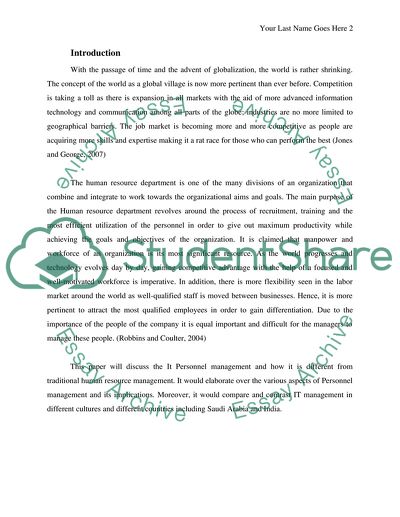Cite this document
(“Analysis of IT Personnel Management Research Paper - 1”, n.d.)
Analysis of IT Personnel Management Research Paper - 1. Retrieved from https://studentshare.org/information-technology/1750522-it-personnel-management
Analysis of IT Personnel Management Research Paper - 1. Retrieved from https://studentshare.org/information-technology/1750522-it-personnel-management
(Analysis of IT Personnel Management Research Paper - 1)
Analysis of IT Personnel Management Research Paper - 1. https://studentshare.org/information-technology/1750522-it-personnel-management.
Analysis of IT Personnel Management Research Paper - 1. https://studentshare.org/information-technology/1750522-it-personnel-management.
“Analysis of IT Personnel Management Research Paper - 1”, n.d. https://studentshare.org/information-technology/1750522-it-personnel-management.


